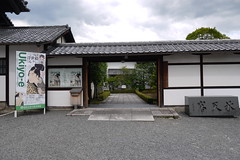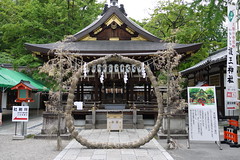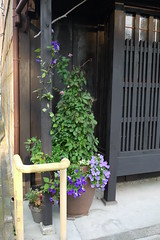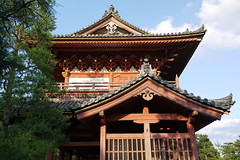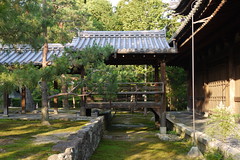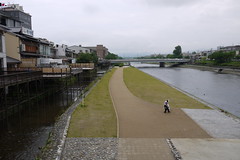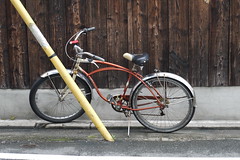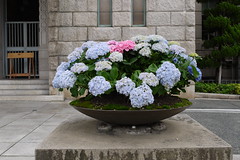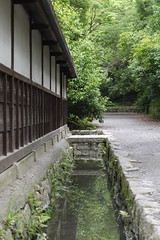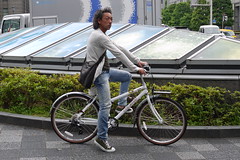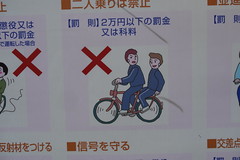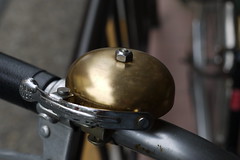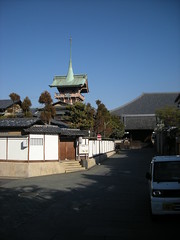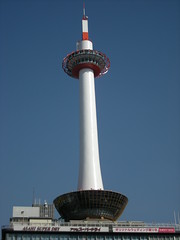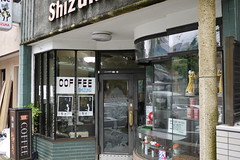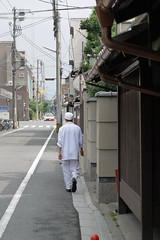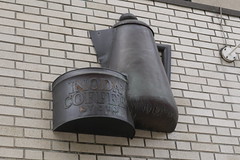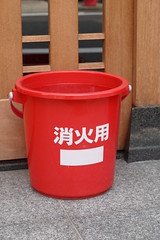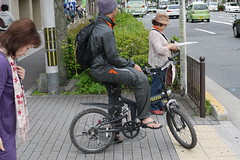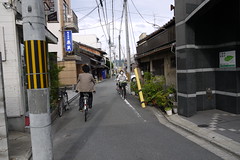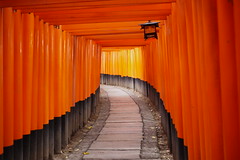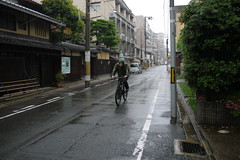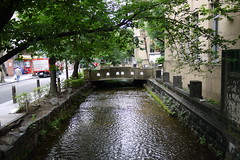 高瀬川京都
高瀬川京都Parallel to the tree-lined street known as Kiyamachi in downtown Kyoto is a former working canal and now lovely river.
The Takase River was dug in 1611, primarily to transport goods to and from the center of Kyoto down to Fushimi and, farther south, Osaka.
The river is only several centimeters deep. In the past its waters were plied by "Takase Bune," small boats purpose-built to carry heavy loads in such conditions.
The canal begins at Kiyamachi - Nijo Dori and follows Kiyamachi Dori to a point below Shichijo Dori. From there it veers a bit towards the Kamo River.
South of Kyoto Station, it finally ends and joins the Kamo Rive near Jujo Dori.
With the advent of trains, however, its fortunes waned. In 1920, river traffic was ended. Part of the canal was then submerged and paved over.
What remains today is an elegant canal lined by willow trees that is full of bars and restaurants. The building pictured above is the former Rissei Elementary School building. It closed in 1993, and is now an arts center.
© CycleKyoto.com
Tags
Japan
Touring
Kyoto
Cycle
Takase River
